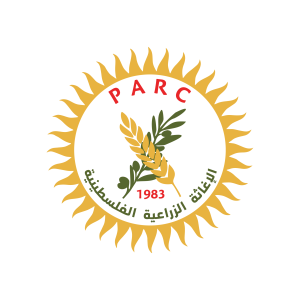"Enhancing the Resilience of Palestinian Households Living in Rural Communities in the West Bank Through Livelihood and Protection Interventions" in the Jordan Valley
2024-10-03
date_rangeThe Agricultural Development Association (PARC) and Taawon have launched the project "Enhancing the Resilience of Palestinian Households Living in Rural Communities in the West Bank Through Livelihood and Protection Interventions," funded by Danish Muslim Aid.
The project's interventions began in the Jordan Valley through a series of workshops held in the villages of Zbeidat, Al-Jiftlik, Froosh Beit Dajan, Ein Al-Bayda, and Bardala, with the participation of 99 individuals from the villages, including farmers, young men and women seeking job opportunities, as well as heads and members of village councils. The workshops were also attended by the project team from PARC, and Mr. Ahmad Al-Deek, the project coordinator from Taawon.
Mr. Azem Haj Mohammed, the coordinator for the Jordan Valley region at PARC, welcomed the attendees and praised the strong relationship between Agricultural Relief and the Welfare Association, which has been a key partner in their joint developmental journey in Palestine.
Mr. Ahmad Al-Deek, the project coordinator at Taawon, emphasized the importance of the project, which targets women and protection committees in the villages and towns of the Jordan Valley. The project aims to empower women economically and socially within their communities on an individual level and enhance the resilience of the communities through interventions by community protection committees.
Shadia Abu Awad, the project manager at PARC, presented an overview of the project, its intended objectives, the activities and interventions to be implemented, and explained the application process and selection criteria for the targeted women.
It is worth mentioning that the project targets one hundred rural households headed by women, who will receive technical and financial support to establish or develop their agricultural projects. Throughout the project, it is expected that the community protection committees in all targeted locations will be activated, their capacities built, and comprehensive risk reduction plans developed. The results of these plans will be used to implement a community initiative in each targeted location.

